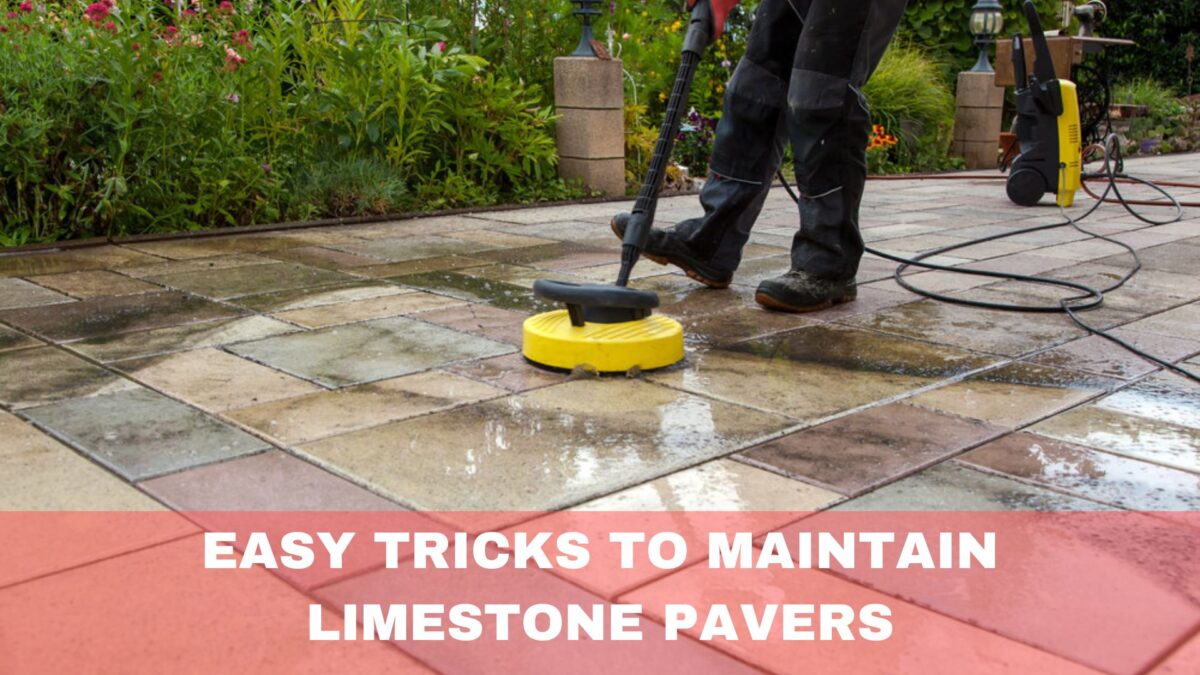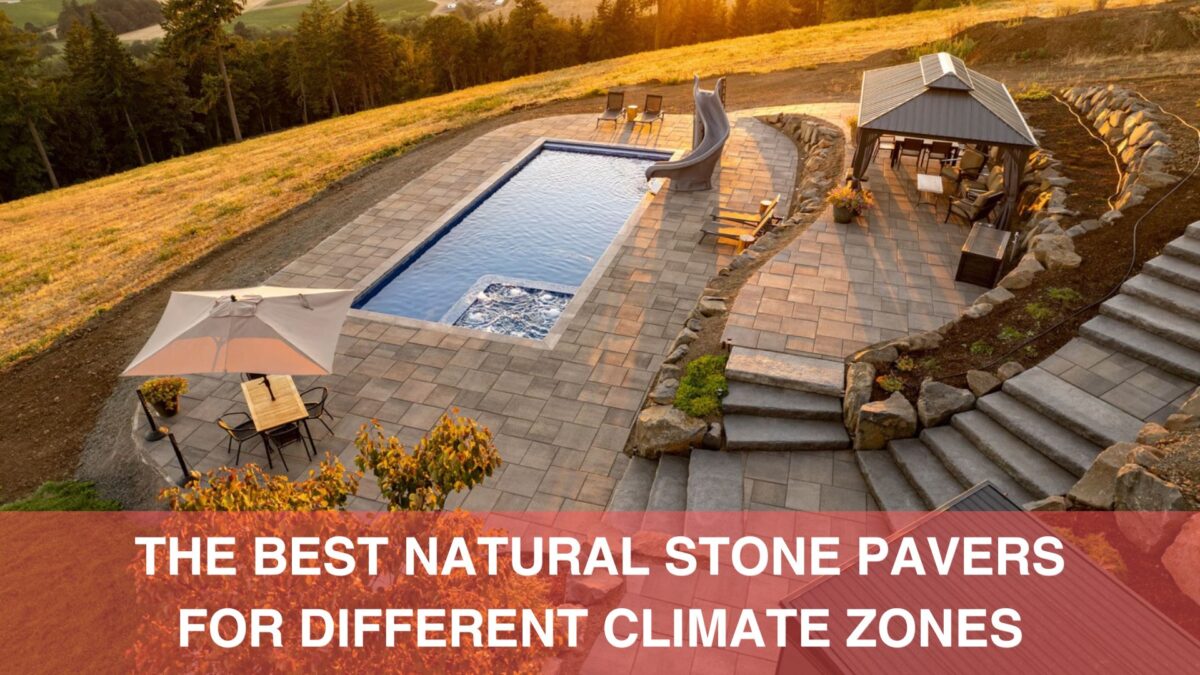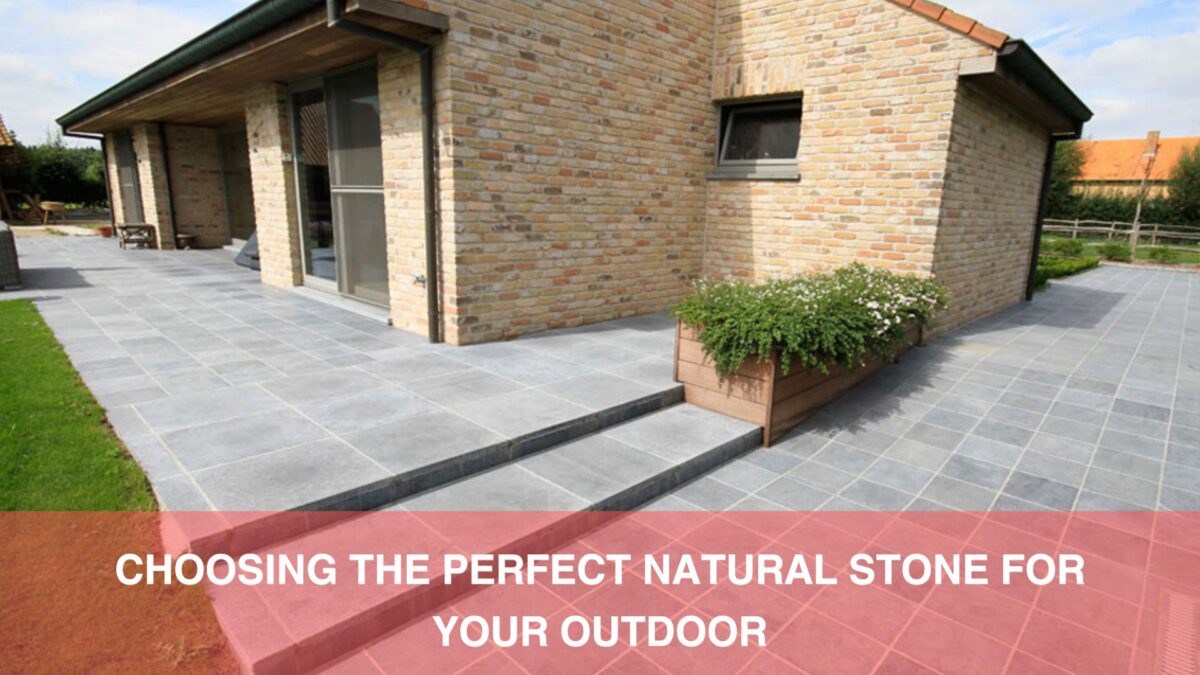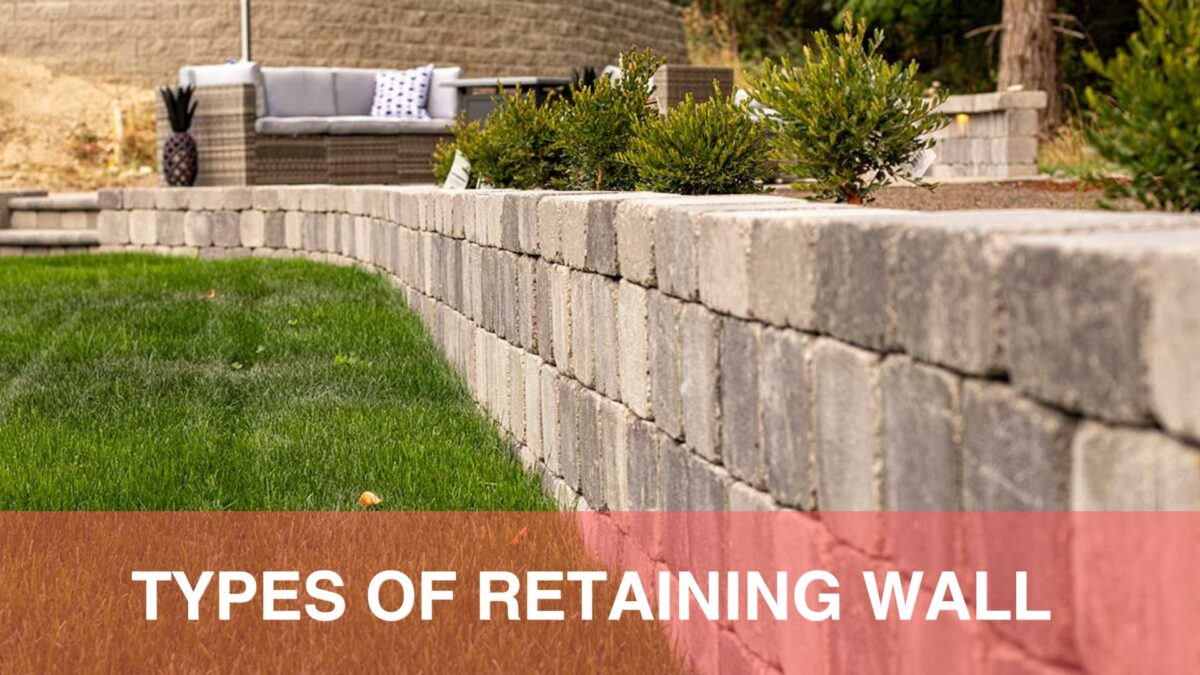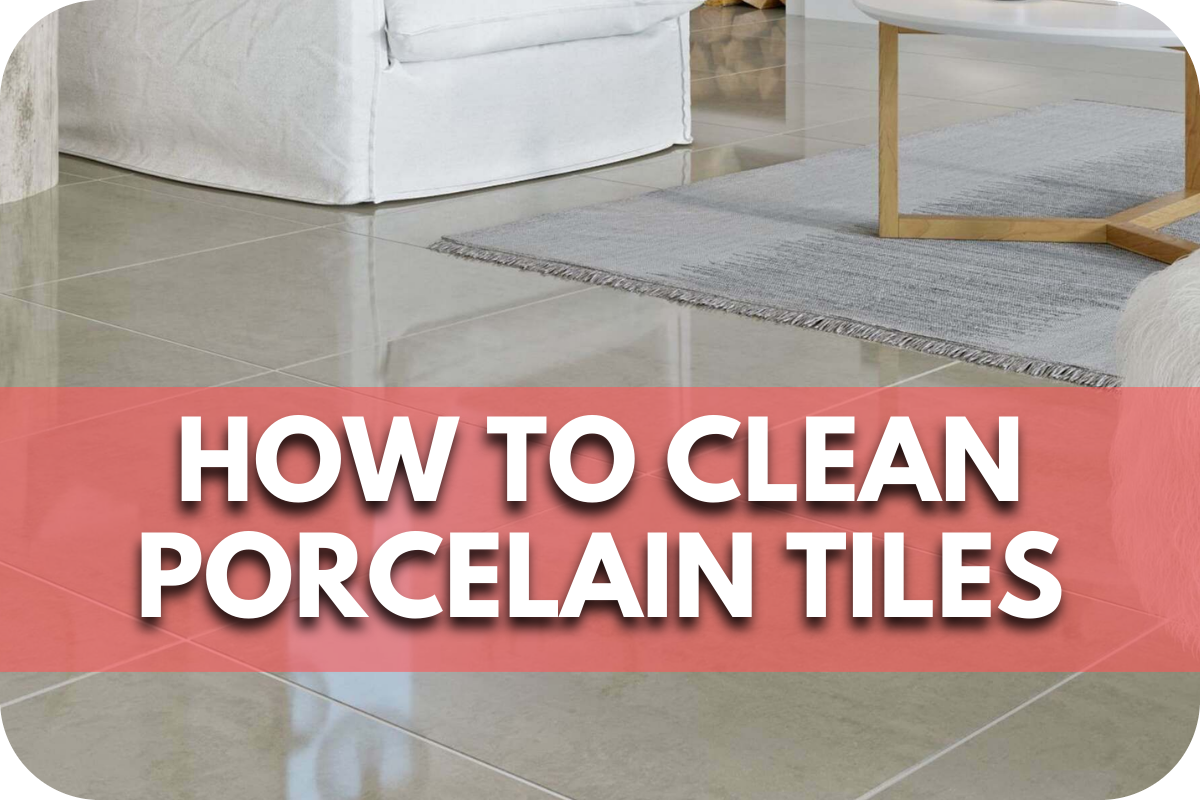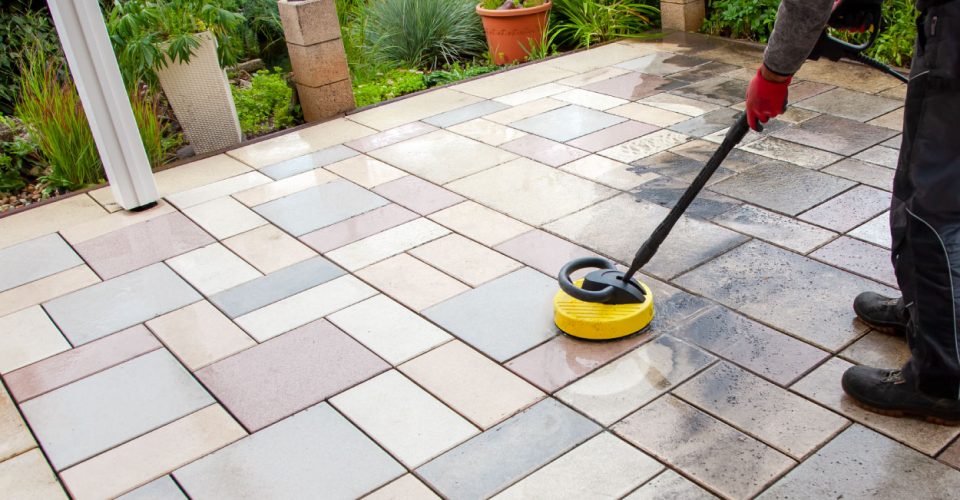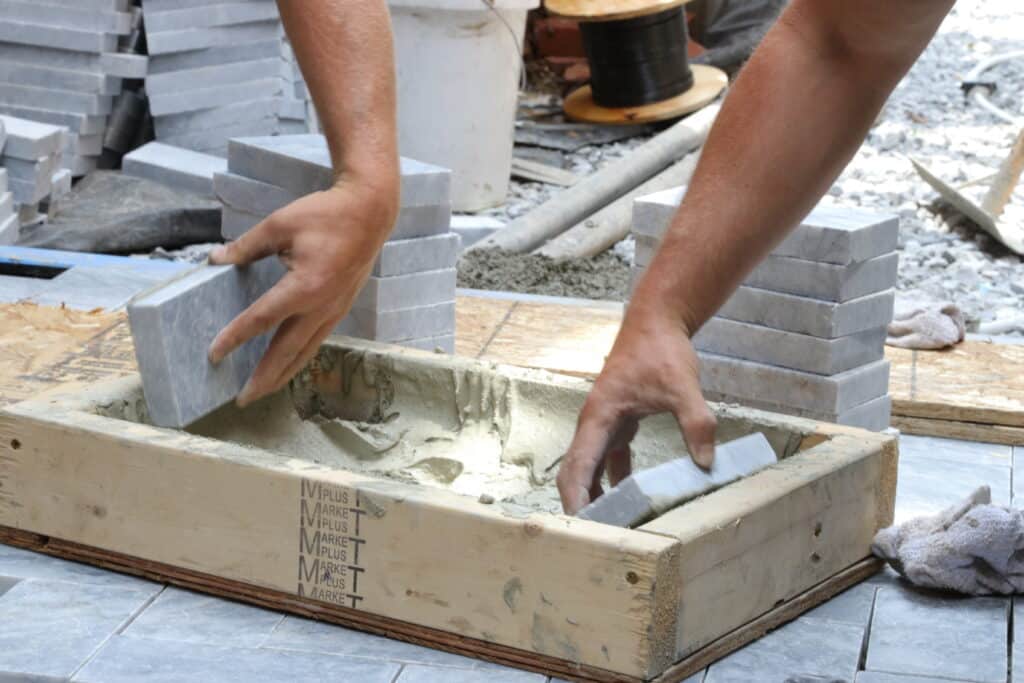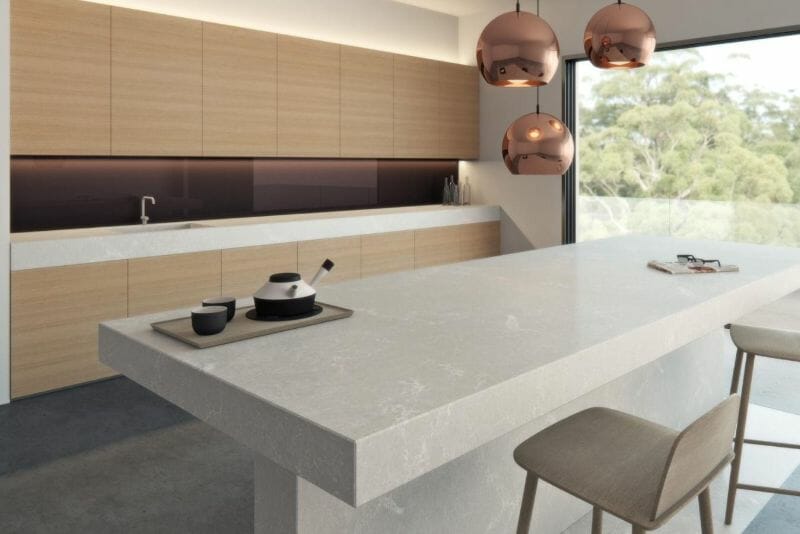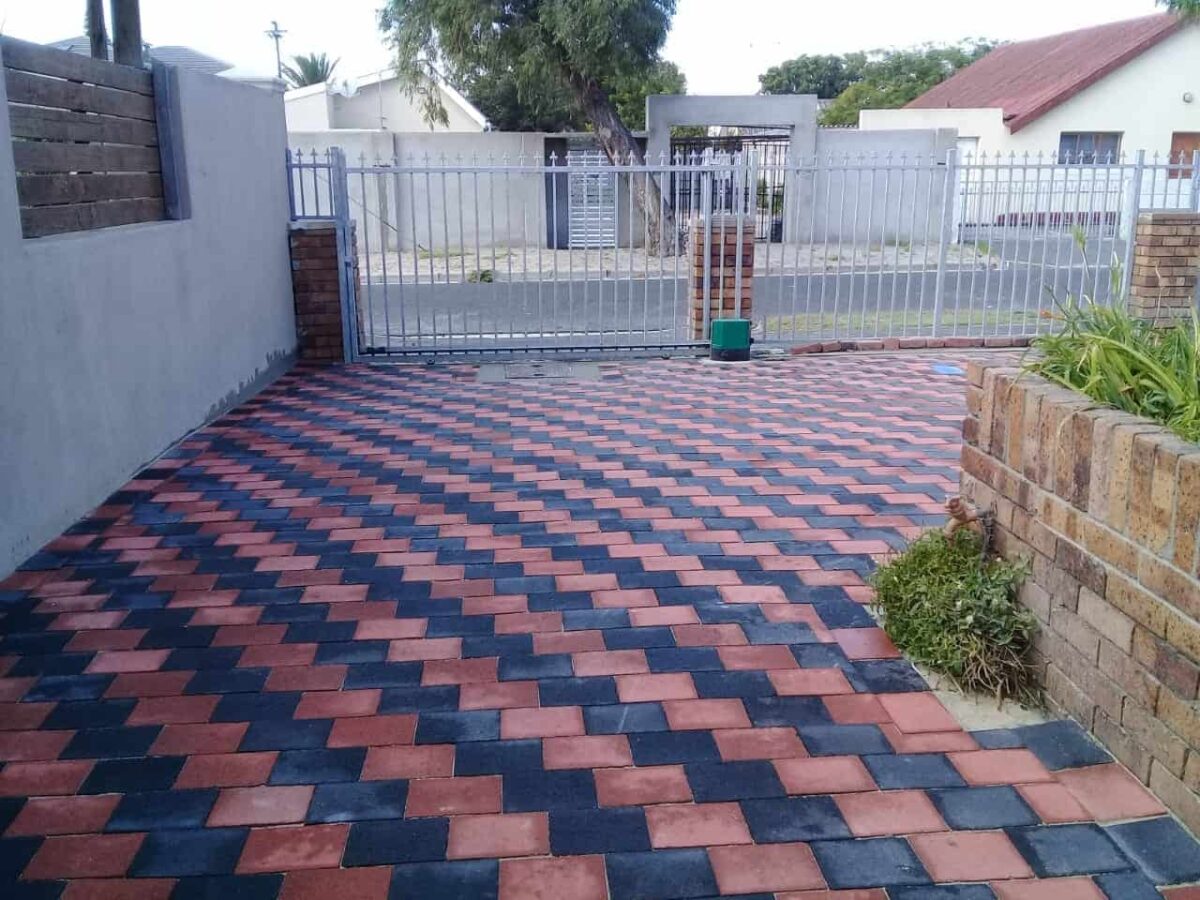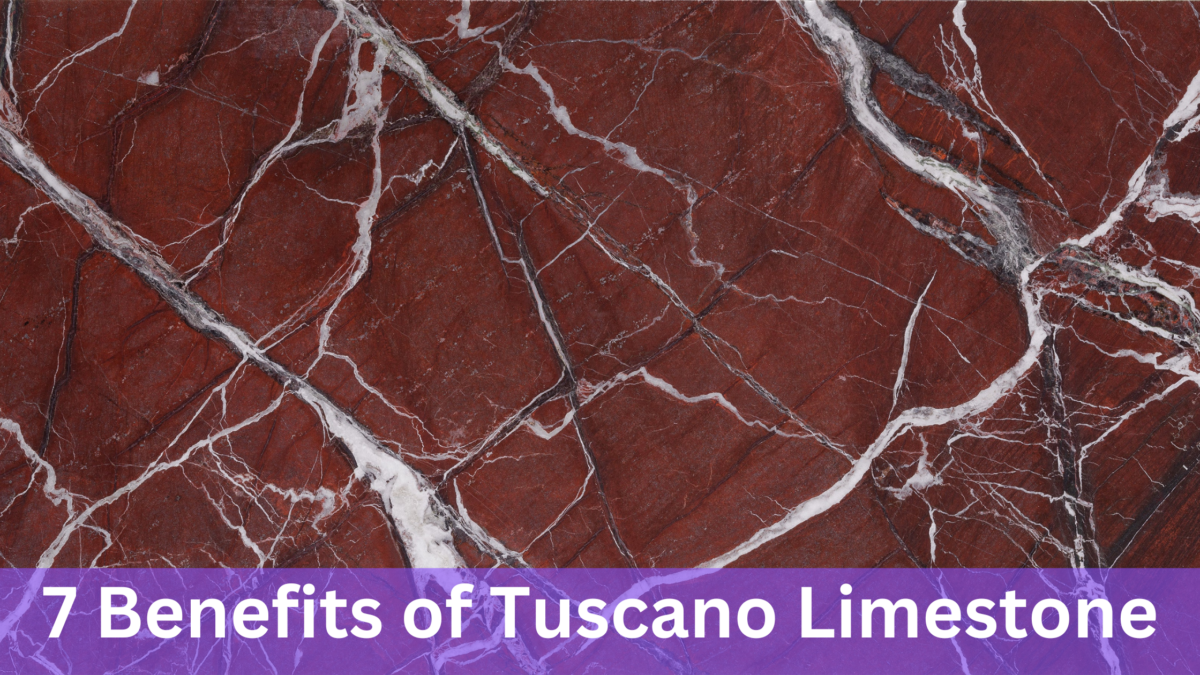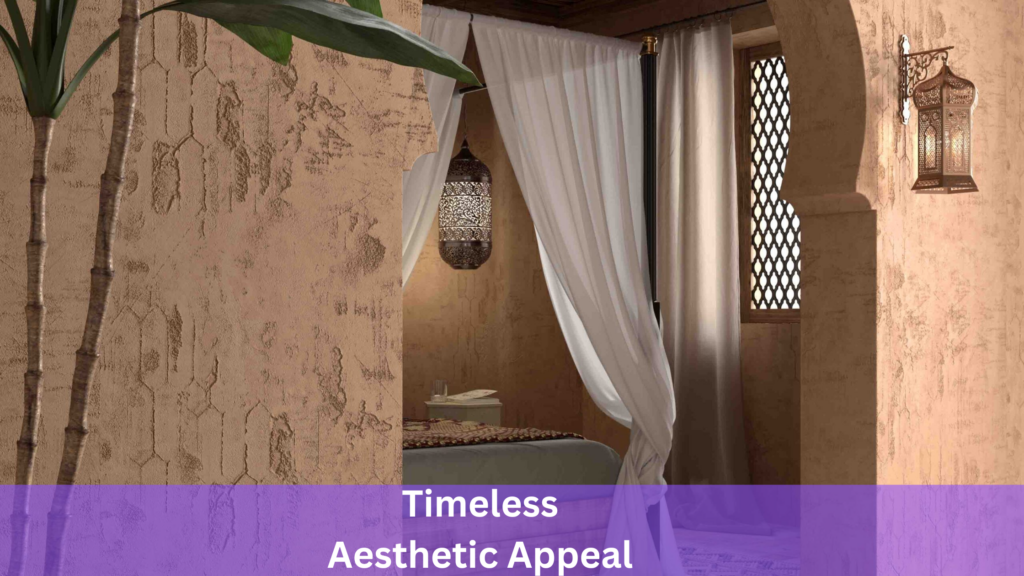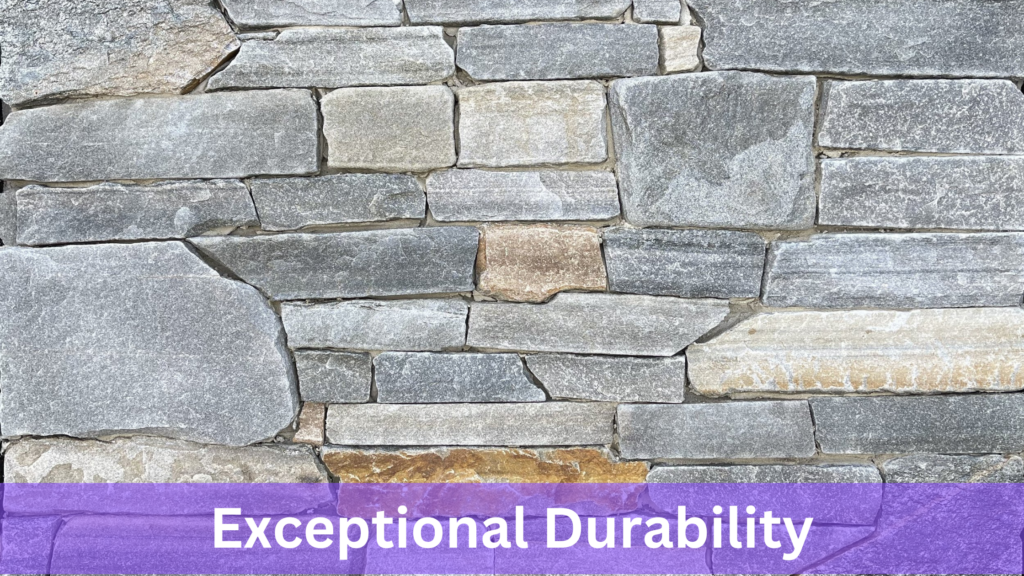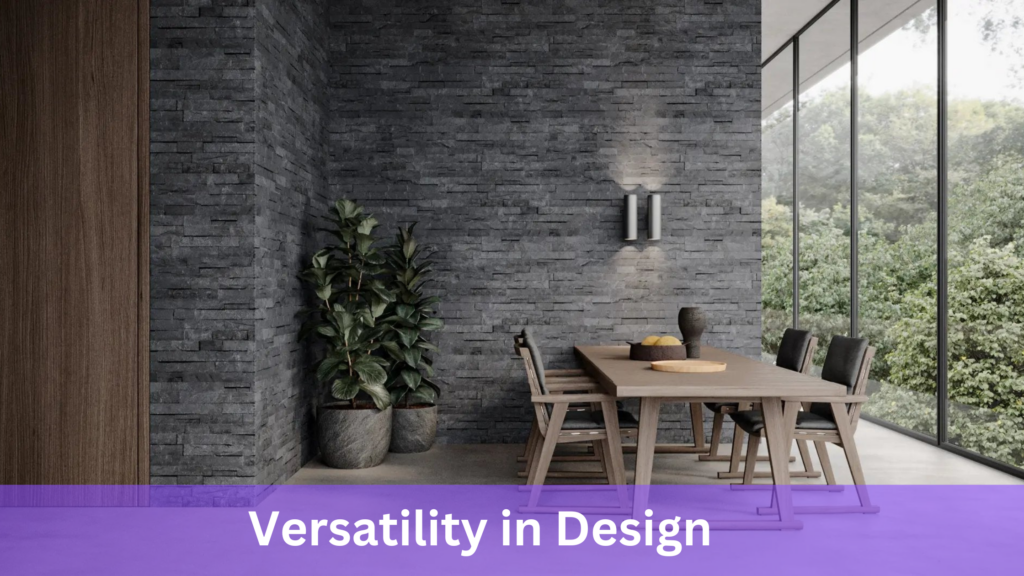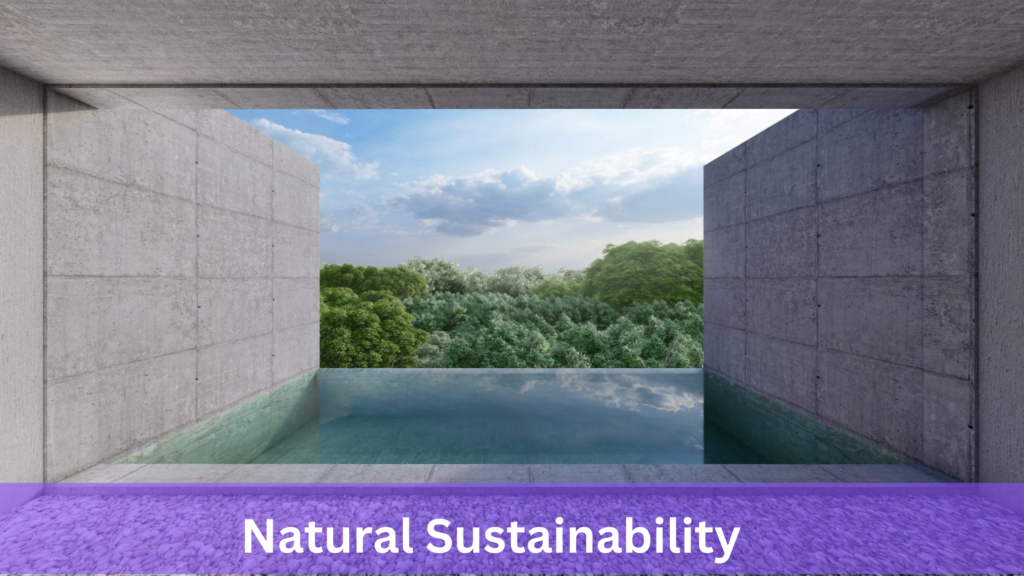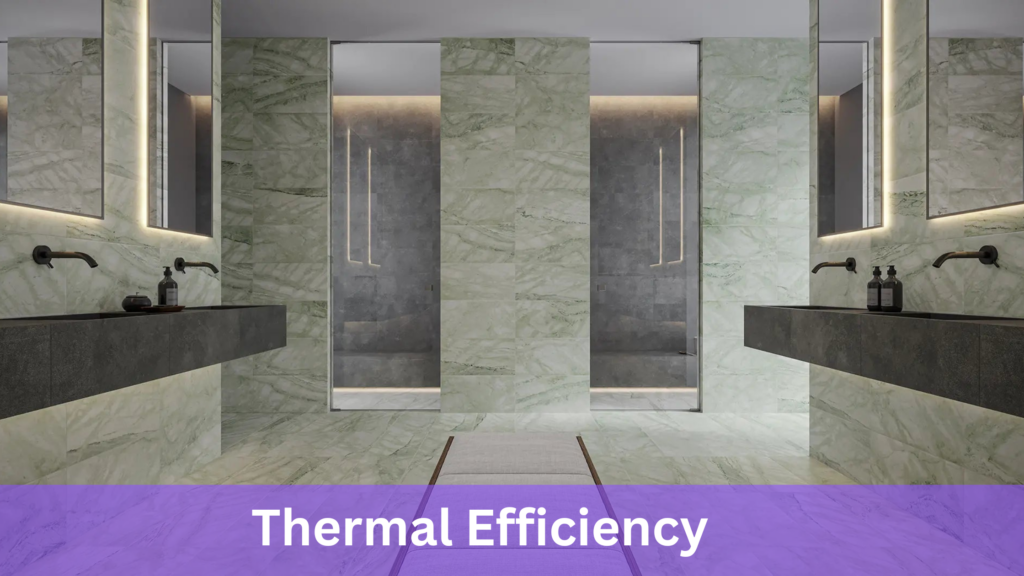Easy Tricks to Maintain Limestone Pavers
Limestone pavers can lose their charm and durability if not properly maintained.
Over time, dirt, stains, and weather can make your once beautiful limestone look dull and damaged.
Fortunately, with a few easy tricks, you can keep your limestone pavers looking pristine and extend their lifespan. Discover simple maintenance methods that will help preserve the natural beauty of your limestone and ensure it remains a stunning feature in your outdoor space.
1. Regular Cleaning
Regular cleaning is vital for maintaining the appearance and longevity of limestone pavers. Start by sweeping the pavers regularly to remove dirt, leaves, and debris. A broom with stiff bristles is ideal for effectively clearing the surface, as regular sweeping prevents grime buildup that can lead to staining.
Mix a pH-neutral cleaner with warm water for deeper cleaning, as acidic or abrasive cleaners can damage the limestone. Apply the cleaning solution with a mop or soft cloth, allowing it to sit for a few minutes to break down stubborn dirt and stains.
Gently scrub the pavers with a soft brush or sponge, paying particular attention to any stained areas while avoiding stiff brushes that could scratch the surface.
After scrubbing, rinse the pavers thoroughly with clean water to remove any cleaner residue. Ensure the area is well-drained to prevent water pooling, which can cause long-term damage. For outdoor limestone pavers, consider using a pressure washer on a low setting to remove deep-seated dirt, but be cautious with the pressure to avoid etching the surface.
2. Stain Removal
Stain removal is an essential aspect of maintaining limestone pavers. The first step is to identify the type of stain you’re dealing with, as different stains require different treatments. Common stains include oil, rust, organic matter, and food spills, and knowing the type helps choose the most effective cleaning method.
For oil-based stains, create a poultice using baking soda and water, spread it over the stain, cover it with plastic wrap, and let it sit for 24 hours. Once the poultice has absorbed the oil, remove it and rinse the area thoroughly. Rust stains, often more challenging, require a commercial rust remover specifically designed for limestone. Following the manufacturer’s instructions carefully is crucial to avoid damaging the stone. Organic stains, such as those from leaves or bird droppings, can be treated with a mixture of hydrogen peroxide and a few drops of ammonia.
Apply the solution, allow it to sit for a few minutes, gently scrub the area with a soft brush and rinse thoroughly. For food and drink spills, it’s essential to act quickly by blotting the stain with a soft cloth to absorb any excess liquid, then cleaning the area with a pH-neutral cleaner and water before rinsing and drying.
As a general tip, always test any cleaning solution on a small, inconspicuous area first to ensure it doesn’t damage the limestone. Regularly sealing the pavers can help prevent stains from penetrating the surface, making future maintenance easier.
3. Sealing the Pavers
Sealing limestone pavers protects them from stains, weathering, and general wear and tear. Choose the right sealer designed explicitly for limestone to seal your pavers effectively. There are two main types: penetrating sealers, which absorb into the stone, and surface sealers, which form a protective layer on top.
Penetrating sealers are typically recommended for limestone as they offer deep protection without altering the stone’s natural look. Before applying the sealer, ensure the pavers are thoroughly cleaned and completely dry, as sealing over dirt, stains, or debris can trap them in place, leading to long-term issues.
It’s also wise to test the sealer on a small, inconspicuous area first to ensure it doesn’t alter the stone’s appearance in a way you don’t like. When applying the sealer, use a paint roller, brush, or sprayer to ensure even coverage across the surface, being careful to avoid pooling. Follow the manufacturer’s instructions regarding application thickness and drying time.
After applying the sealer, allow it to dry completely. Depending on the product and weather conditions, this can take a few hours to a full day. During this time, keep the area from foot traffic to ensure the sealer cures properly.
Depending on the sealer type and the level of exposure, you might need to apply a second coat, and some sealers recommend reapplication every few years to maintain optimal protection.
4. Preventing Damage
Preventing damage to limestone pavers is essential for maintaining their appearance and durability. One of the simplest yet effective measures is to use mats and rugs at entryways to reduce the amount of dirt and grit that gets tracked onto the pavers, which helps prevent scratches and wear.
It’s also important to avoid harsh chemicals; acidic or abrasive cleaners can etch and damage the limestone, so it’s best to stick to pH-neutral cleaners specifically designed for stone surfaces. Protecting the pavers from heavy impact is another key step, as limestone can crack or chip under significant force.
Using protective pads under furniture legs helps distribute weight evenly and reduces the risk of damage. Regular sealing is crucial to protect the pavers from stains, water damage, and weathering, so follow the recommended schedule for reapplying the sealer.
Additionally, clean spills immediately, especially from acidic substances like citrus juice, wine, or vinegar, as these can cause stains and etching if left unattended. When cleaning, use gentle tools such as soft brushes, cloths, or mops, as hard-bristled brushes and abrasive pads can scratch the limestone’s surface.
Finally, managing water runoff is essential; ensure proper drainage around the pavers to prevent water from pooling, which can lead to staining, algae growth, and long-term structural damage.
5. Managing Moisture
Managing moisture is crucial for preserving the integrity and appearance of limestone pavers. To effectively control moisture, it’s essential to ensure proper drainage. The installation area should be graded to allow water to flow away from the pavers, preventing water from pooling on or around them.
Consider installing drainage systems like French drains to manage excess water if necessary. Another important step is sealing the pavers with a high-quality, penetrating sealer that repels water and reduces moisture absorption. As the manufacturer recommends, regular resealing will help maintain this protective barrier.
Regular cleaning is also vital. Sweeping and cleaning the pavers removes dirt, leaves, and other debris that can trap moisture, leading to staining and potential damage. In damp or shaded areas, algae and moss can grow, making the pavers slippery and discoloured.
Address this by cleaning affected areas with a mixture of water, mild detergent, or a stone-safe algaecide, followed by a thorough rinse to remove any residue. Additionally, if the pavers are near a garden or lawn, be mindful of overwatering, as excess water can seep into the ground and affect the limestone.
Adjust irrigation systems to direct water away from the pavers. Lastly, regularly inspect the pavers for any cracks or gaps and repair them promptly to prevent water from seeping in and causing further damage.
6. Seasonal Care
Seasonal care is essential for maintaining limestone pavers and ensuring they withstand varying weather conditions. Here’s how to effectively care for your pavers throughout the year:
Spring
After winter, clean the pavers to remove any debris, salt, or dirt that may have accumulated. Sweep the surface thoroughly and wash with a pH-neutral cleaner. Inspect for any damage, such as cracks or chips, and repair them promptly.
Summer
During summer, limestone pavers can be exposed to high temperatures and increased foot traffic. Regularly sweep and hose down the pavers to keep them clean and cool. If you notice any stains, treat them immediately using appropriate cleaning methods. This is also a good time to reapply the sealer if needed, as the warm weather aids in the curing process.
Autumn
Falling leaves and organic debris can stain the pavers if left unattended in autumn. Sweep and remove leaves and other debris regularly. Clean the surface with a mild detergent to prevent organic stains. Check for areas where water might pool and adjust drainage if necessary.
Winter
In colder climates, protect the pavers from snow and ice. Avoid using salt or chemical deicers, as they can damage the limestone. Instead, use sand or cat litter for traction. Regularly remove snow to prevent moisture from seeping into the stone and causing freeze-thaw damage. Inspect the pavers for any signs of wear or damage after snow melts.
7. Addressing Wear and Tear
Addressing wear and tear on limestone pavers is essential to preserving their appearance and structural integrity. Regular inspection is the first step in effective management, as it allows you to identify signs of wear, such as cracks, chips, or surface erosion, early on.
Detecting these issues early enables prompt repairs, preventing further deterioration. For small cracks and chips, a limestone patching compound can be used; clean the area, apply the compound according to the manufacturer’s instructions, and smooth it out to blend with the surrounding surface.
However, it is advisable to seek professional repair for larger cracks to ensure the pavers’ stability. If the surface shows signs of erosion or pitting, a limestone repair kit with filler and sealant can be applied to the affected areas.
After smoothing the filler, sealing the surface will help prevent further erosion. Protecting the edges of pavers is also crucial, as they are more prone to damage, especially in high-traffic areas.
Installing edge restraints or borders can safeguard them from chipping and cracking. Additionally, regularly reapplying a high-quality sealer is vital for protecting the pavers from wear and tear, as sealing helps reduce surface erosion, prevent staining, and enhance overall durability.
To further protect the pavers, avoid exposing them to heavy loads and impacts; using protective pads under heavy furniture or equipment will distribute the weight evenly and minimize the risk of cracking.
Conclusion
Maintaining limestone pavers is straightforward, with regular cleaning, sealing, and prompt repairs. By following these easy tricks, your pavers will remain beautiful and durable for years.
Ready to enhance your outdoor space? Start implementing these tips today and enjoy the lasting elegance of well-maintained limestone pavers. For more expert advice, contact us now.

